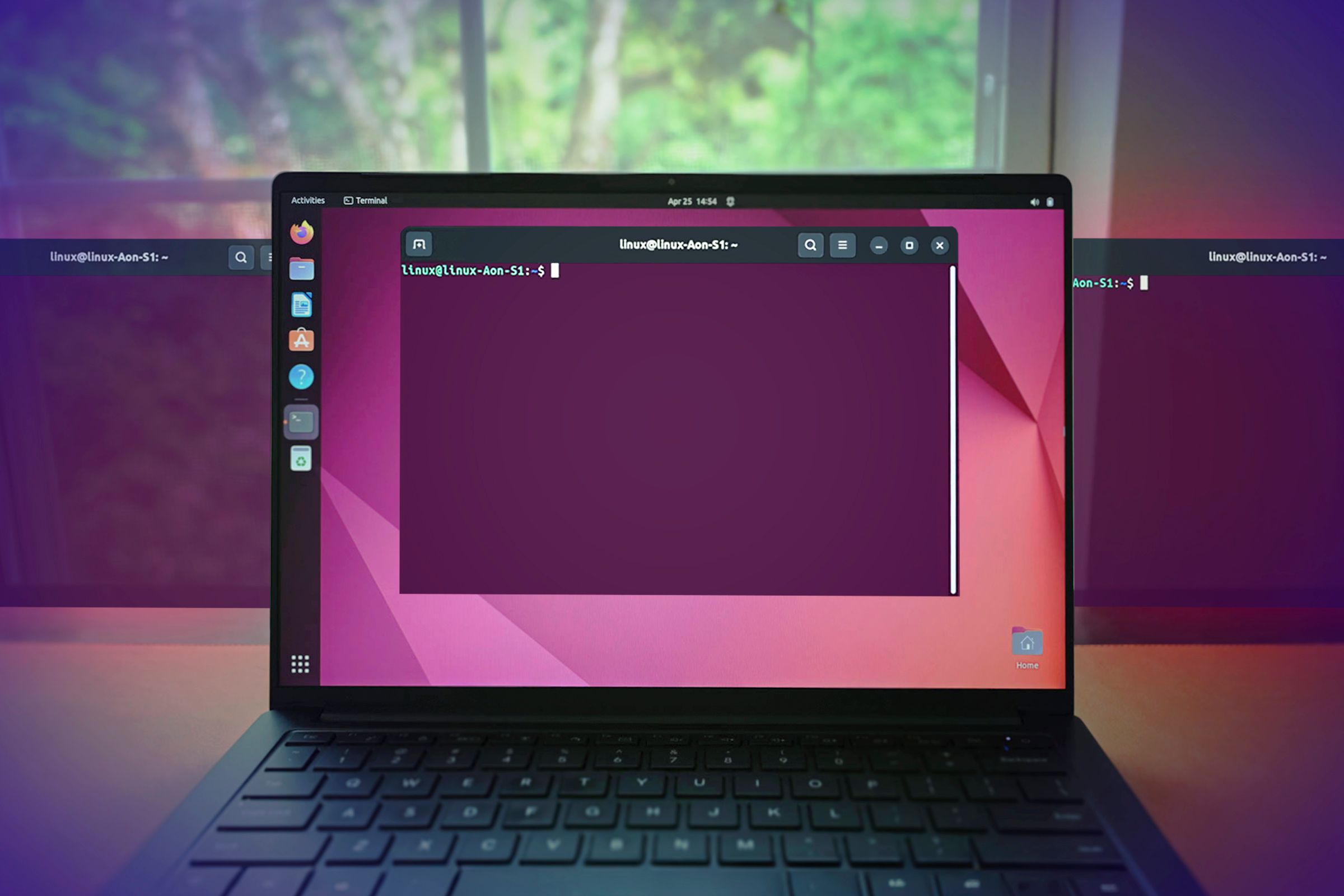Now Reading: Mastering the Linux cat Command: 6 Essential Uses
-
01
Mastering the Linux cat Command: 6 Essential Uses
Mastering the Linux cat Command: 6 Essential Uses

Speedy Summary
- Command Overview: the Linux ‘cat’ command, short for “concatenate,” is primarily used to view and join files. It has several advanced use cases.
- Combining Files: You can merge multiple files using
cat(e.g.,cat foo bar). Useful for transporting or storing consolidated content. - Viewing Single Files: With a single file argument, it displays the file contents immediately (
cat filename). While efficient for small files, larger ones may require scrolling or tools likeless. - Adding Line Numbers: Use the
-noption to display lines with numbers (cat -n filename). Alternatively, use-bfor numbering only non-empty lines. - Creating/Updating Text Files: Redirect output with commands like:
– Creating a new file (cat > filename)
– Appending to an existing file (cat >> notes)
Output continues untill terminated with Ctrl + D.
- Combining/Piping Workflow:
– Combine files and write into another (cat foo bar > newfile).
– Pipe the output of cat into othre commands (e.g., filtering or transforming data).
Indian Opinion Analysis
The versatility of the Linux ‘cat’ command demonstrates its foundational role in operational flexibility across various computing environments. For India-a rapidly advancing IT powerhouse-command-line tools like these remain crucial not only in continuing software innovation but also as part of developer training programs. the simplicity offered by options within ‘cat,’ such as adding line numbers or redirecting outputs efficiently, aligns well with IndiaS focus on nurturing grassroots coding talent.
Moreover, educating users about optimizing workflows avoids redundant practices like “useless use of cat,” which helps build logical reasoning-a pivotal skill in programming and automation. These habits allow developers to work efficiently in server-side applications where resources are limited.this focus on basic yet robust functionalities mirrors India’s ambition of becoming a global leader in open-source tool adoption while laying down strong technical foundations across sectors like startups and enterprises relying heavily on Linux-based infrastructure.
























